The coat change time turns out to be a hairy affair not only for us horse owners. A lot is also demanded of the horse during this time. Older and sick horses in particular often have to do with fur changes for many weeks - we have summarized the best tips and tricks.
Fur change - the best tips and tricks
The change of fur not only costs a lot of time and patience, but above all also a lot of strength and energy for the horse. As is often claimed, the onset of fur change does not depend on the temperatures, but only on the time of daylight. When the days get longer, the fur change begins. Definitely even when it's really uncomfortable and cold outside. In addition to the challenge of choosing the right blanket, this time is also about accompanying the horse as well as possible by changing the coat. There may be a drop in performance: the change of fur is a real energy killer and horse owners should also take this into account. Older and sick horses in particular, who suffer from Cushing, for example, often have to struggle with changing their fur for several weeks. Depending on the outside temperature, the clipper should be used in such cases. By the way: shorn horses also need the same energy to change their fur as horses that are not shorn. Most of the time it just doesn't stand out because the hair is much shorter and therefore not so visible. It is a mistake that shaved fur does not fail. The entire coat is changed - whether shorn or not.
– Grooming
Grooming is of course the most important thing during this time. Sensible grooming not only brushes the loose hair out of the fur, at the same time the massage stimulates the blood flow to the upper layers of the skin, which in turn has a positive effect on the skin and hair metabolism. And besides, you strengthen the bond between horse and man. Especially in this time when the fur is particularly itchy, the horses with the funniest faces will thank you. Cleaning supplies are like sand by the sea, but in addition to the great designs and offers, the classics have proven their worth especially when changing fur: For example, the good old rubber harrow that effortlessly brushes loose hair out of the fur. A classic sweat knife with a rubber edge also pushes the hair out of the dry fur. There are of course innumerable products on the market that are advertised as quick helpers and can quickly cost 20 euros. So-called joint rubbers, which you can get in the hardware store for less than 5 euros, can be an inexpensive and equivalent alternative.


– Remove blankets
Another tip is to remove the blankets - of course only if the weather permits. But as soon as the temperatures rise a bit and the sun shines properly for the first few days, your horses will thank you. The fur is particularly itchy when changing fur. The loose hair lies on the skin and tickles the horse constantly. Most horses wallow as natural reactions even more than usual. If the blankets are now removed, a lot of the loose hair is simply pushed out of the fur. In addition, the sun's rays stimulate vitamin D production and increase the horse's well-being immensely. Sunlight strengthens the horse's immune system and immune system against external influences, which in turn has a positive effect on the skin and hair metabolism. The ceiling question usually has to be asked individually every day; it is worthwhile in any case and should not rely on the convenience of the horse owner. The loose hair and flakes of skin clog the pores and can be proven to have a negative impact on skin health. If there is now a blanket on horseback, there is no air circulation. Not a nice idea, especially since heat can quickly build up under the covers in direct sunlight.



– Oils and minerals
Especially during the change of fur one reads again and again that oil should help so that the horses lose the winter fur quickly. So of course that's not entirely true. Of course, feeding high-quality oil cannot replace daily cleaning. But it provides a quickly available energy source for the horse. The coat change time costs the horses a lot of strength, so there may even be a drop in performance. Qualitative oil is a quickly available source of energy that quickly replenishes the reserves without stressing the metabolism, as is the case, for example, with concentrated feed. The fats contained also have a positive effect on the hair and skin. A strong and well-nourished skin is much better armed during the change of fur. Minerals are also particularly important for the skin and thus the fur. Above all, the supply of zinc as a skin and immune mineral should always be guaranteed. An increase in mineral feed can be very useful here.





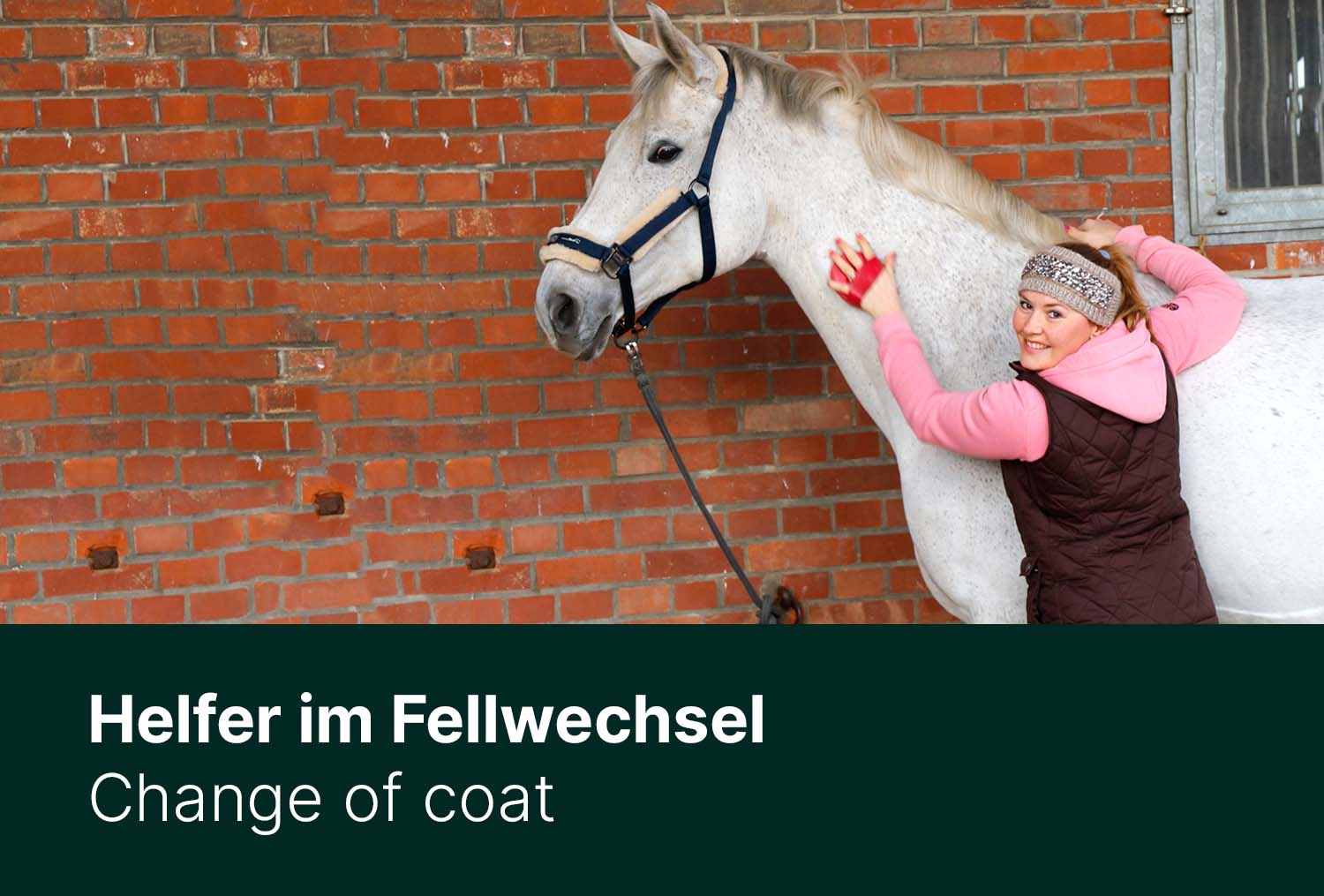

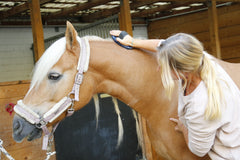


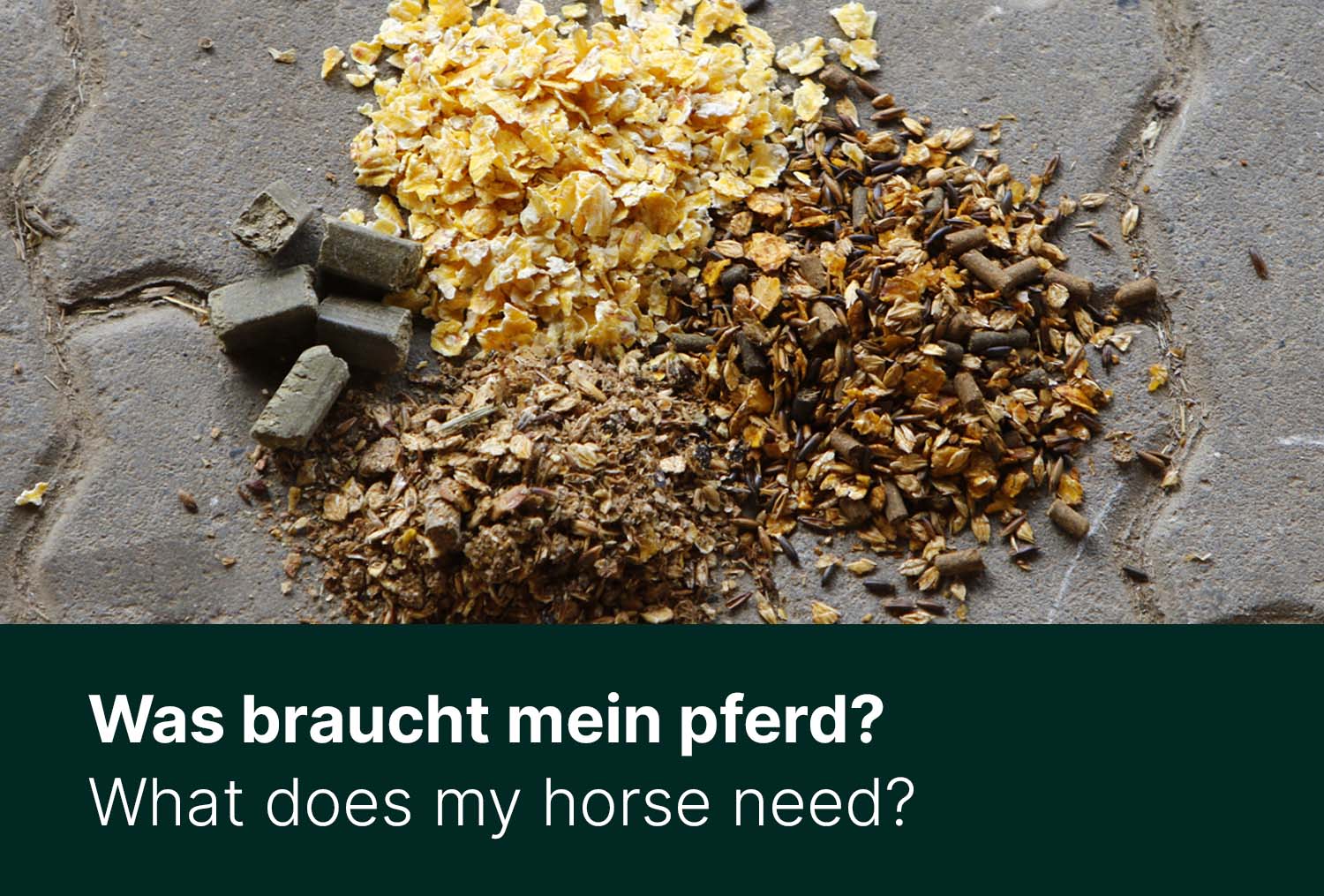
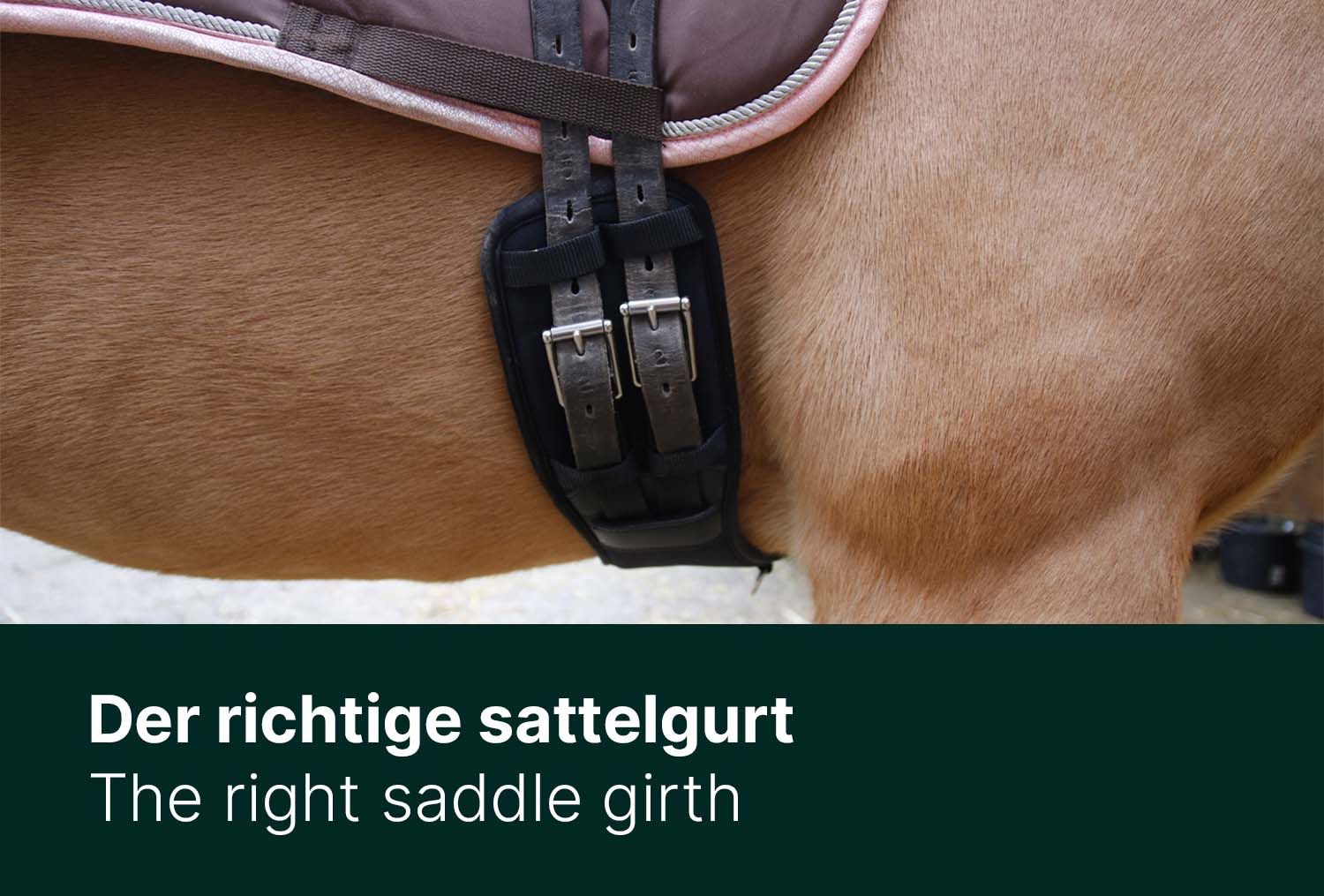
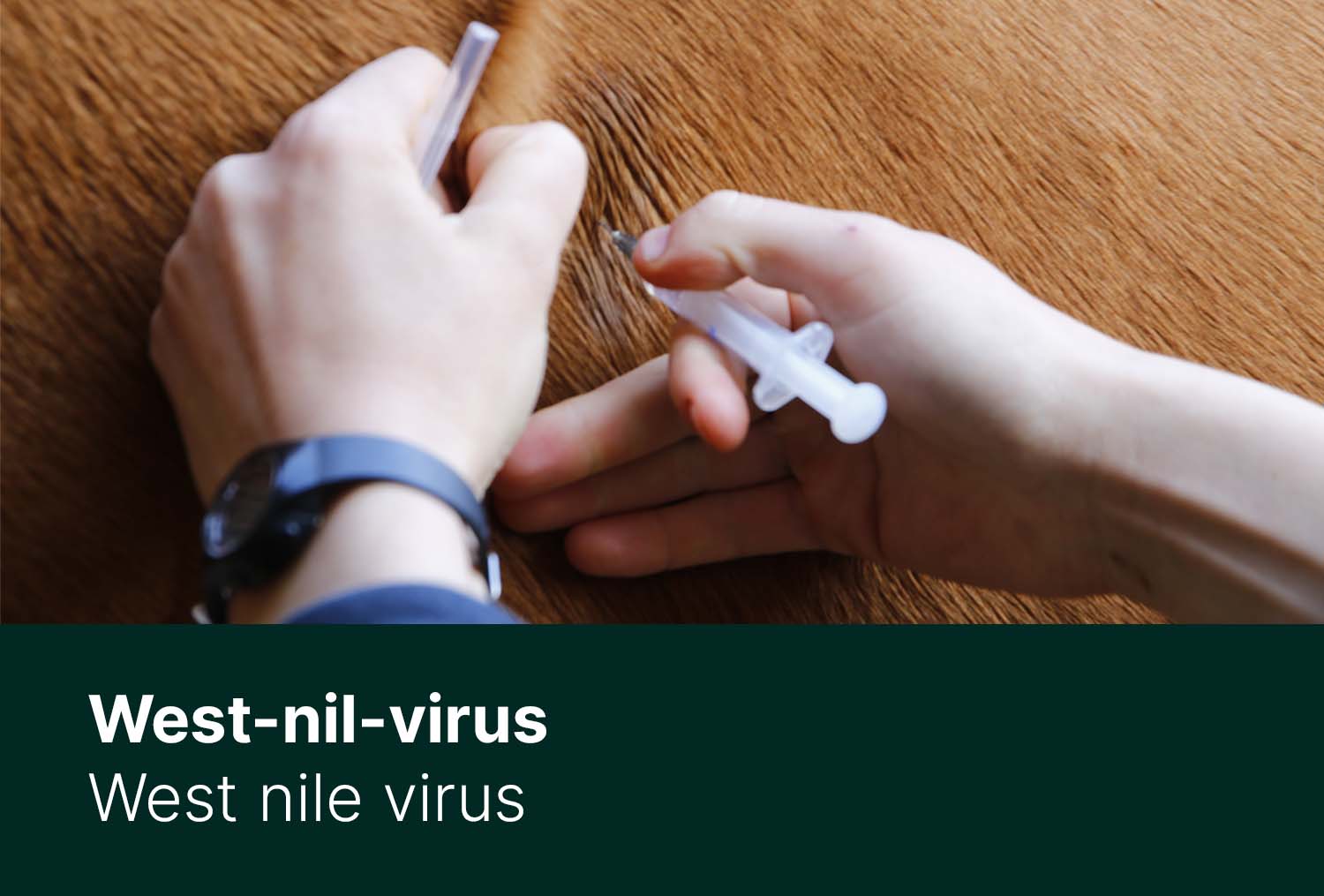
Goodbye to boredom - Tips for Winter
Organization is everything - saving time in the stable